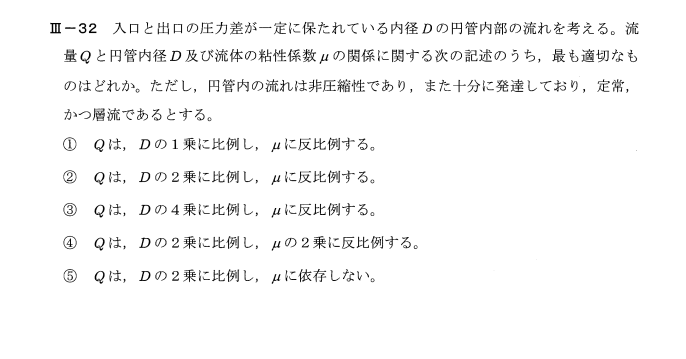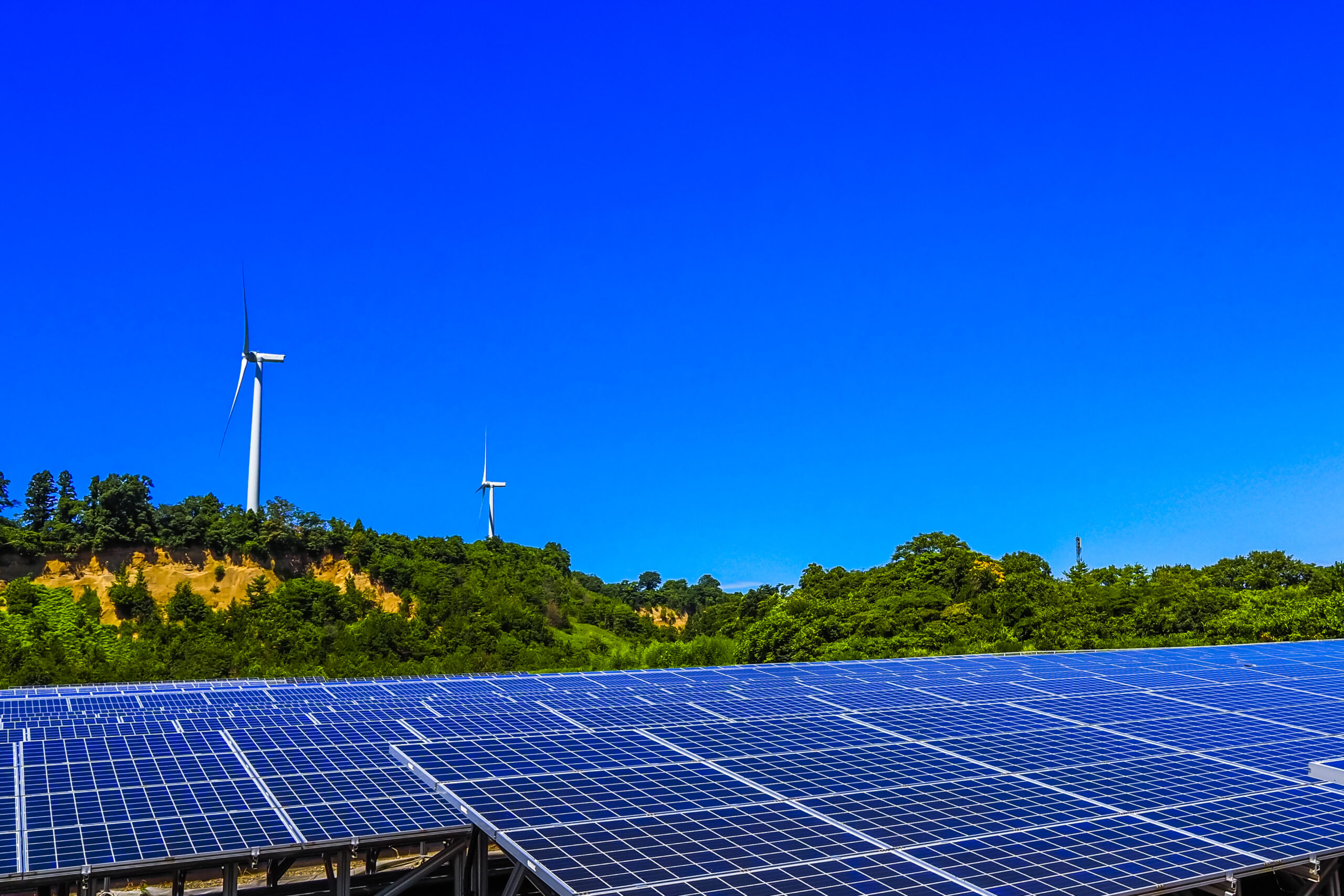引用:
Tesla asks employees to fight policy proposal that would make rooftop solar more expensive in California
While Tesla CEO Elon Musk has said he would prefer to stay out of politics — and that he opposes all subsidies — his electric car and solar business is asking employees to protest a policy proposal in California that would cut solar incentives in the state, according to company correspondence obtained by CNBC.
There are at least 1.3 million residential solar customers in the state today.
Among other things, the policy proposal would reduce payments made to solar customers in California for excess power that their systems generate and send back to the grid. It would also add monthly grid-connection charges for solar customers, effectively making rooftop solar more expensive for California residents.
If implemented, the changes could make it harder for Tesla and its competitors to sell customers on a residential solar installation in the state or generate profit from systems it leases.
Proponents say that such changes to California’s net energy metering policy would help more residents to install energy storage systems, like Tesla’s Powerwall or LG Chem’s RESU battery, at their homes through rebates, and bring renewable energy to low-income or polluted neighborhoods.
The state Public Utilities Commission views current rates as a large subsidy for homeowners who are mostly well-off.
But solar power advocates have slammed the proposed changes, as CNBC previously reported, while the state’s largest utilities have voiced their approval.
Here’s what Tesla is telling its energy employees to do in response to the policy proposal (transcribed by CNBC):
Announcement - Net Energy Metering 3.0
Date: Dec. 22, 2021
NEM 3.0 is a proposal under consideration at the California Public Utilities Commission (CPUC) that reduces the benefit of going solar for customers of PG&E, SCE and SDG&E.
Talking Points
If adopted, the proposal would apply to new customers that submit interconnection applications to add solar [by] May 2022. It would also apply to existing customers on NEM 1.0 or NEM 2.0 after their system has been in operation 15 years.
Exported energy would be credited at wholesale rates (approximately $0.04/kWh)
Residential solar customers on NEM 3.0 would be required to pay the utility a new fixed charge of $8/kW per month, regardless of energy used. This comes to roughly $50-$60 per month for an average size solar system.
This proposal is not final and can can change in response to public feedback. The public can express their opinion to the CPUC by taking these actions:
Weigh in with the CPUC by submitting a comment to the Public Advisors Office.
Sign up to provide a verbal comment directly to the five commissioners at the CPUC’s next public meeting on January 13.
Join the Solar Rights Alliance and find out all the ways you can act to protect rooftop solar in California.
Save Our Solar Rally - San Francisco (CPUC Building) and Los Angeles (Pershing Square) January 13 at 11 a.m.
Tesla is working with our partners in the solar and environmental community to urge the CPUC and Governor’s office to adopt a more reasonable approach that doesn’t punish solar customers.
テスラのイーロン・マスクCEOは、政治に関与しないことを望むと述べており、あらゆる補助金に反対しているが、CNBCが入手した同社の通信によると、電気自動車とソーラー事業が、カリフォルニア州のソーラー奨励金を削減する政策提案に抗議するよう従業員に求めているという。
現在、同州には少なくとも130万件の住宅用太陽光発電の顧客がいる。
この政策案では、カリフォルニア州の太陽光発電の顧客が発電して送電網に送り返した余剰電力に対する支払いを削減するとしています。また、太陽光発電の顧客には毎月の系統連系料が追加され、事実上、カリフォルニア州民にとって屋上太陽光発電はより高価になる。
この変更が実施されれば、テスラやその競合他社が州内の住宅用太陽光発電設備で顧客を販売したり、リースするシステムから利益を生み出したりすることが難しくなる可能性があります。
推進派は、カリフォルニア州のネットエネルギーメータリング政策にこのような変更を加えることで、リベートによりTeslaのPowerwallやLG ChemのRESUバッテリーなどのエネルギー貯蔵システムを自宅に設置する住民が増え、低所得者や汚染地域にも再生可能エネルギーを導入できるとしています。
州公益事業委員会は、現在の料金を、ほとんどが裕福な家庭の所有者に対する多額の補助金とみなしている。
しかし、太陽光発電の支持者たちは、以前CNBCが報じたように、この変更案を非難しており、一方で州最大の電力会社は賛成の声を上げている。
以下は、この政策提案を受けて、テスラがエネルギー担当社員に伝えている内容である(CNBCによる転記)。
発表 - ネットエネルギーメータリング3.0
日付 2021年12月22日
NEM 3.0は、カリフォルニア州公益事業委員会(CPUC)で検討されている案で、PG&E、SCE、SDG&Eの顧客にとって太陽光発電を行うメリットが減少するものです。
トーキングポイント
採択された場合、この提案は2022年5月までに太陽光発電を追加するための相互接続申請を行う新規顧客に適用されます。また、NEM 1.0またはNEM 2.0の既存顧客にも、システム稼働後15年経過した時点で適用される予定です。
輸出された電力は卸売料金(約0.04ドル/kWh)でクレジットされる。
NEM 3.0の住宅用太陽光発電の顧客は、使用電力量に関係なく、毎月8ドル/kWの新たな固定料金を電力会社に支払う必要があります。これは、平均的な規模の太陽光発電システムの場合、毎月およそ50ドルから60ドルに相当します。
この提案は最終的なものではなく、国民の意見に応じて変更される可能性があります。一般の方は、以下の方法でCPUCに意見を表明することができます。
Public Advisors Officeにコメントを提出することにより、CPUCに意見を述べることができます。
1月13日に開催されるCPUCの次回のパブリックミーティングで、5人の委員に直接口頭で意見を述べるためにサインアップする。
Solar Rights Allianceに参加し、カリフォルニアの屋根上太陽光発電を保護するためにできるあらゆる方法を見つけることができます。
Save Our Solar Rally - San Francisco (CPUC Building) and Los Angeles (Pershing Square) January 13 at 11 a.m.
テスラは、ソーラーおよび環境コミュニティのパートナーと共に、ソーラー顧客を罰しない、より合理的なアプローチを採用するよう、CPUCおよび知事室に働きかけています。



